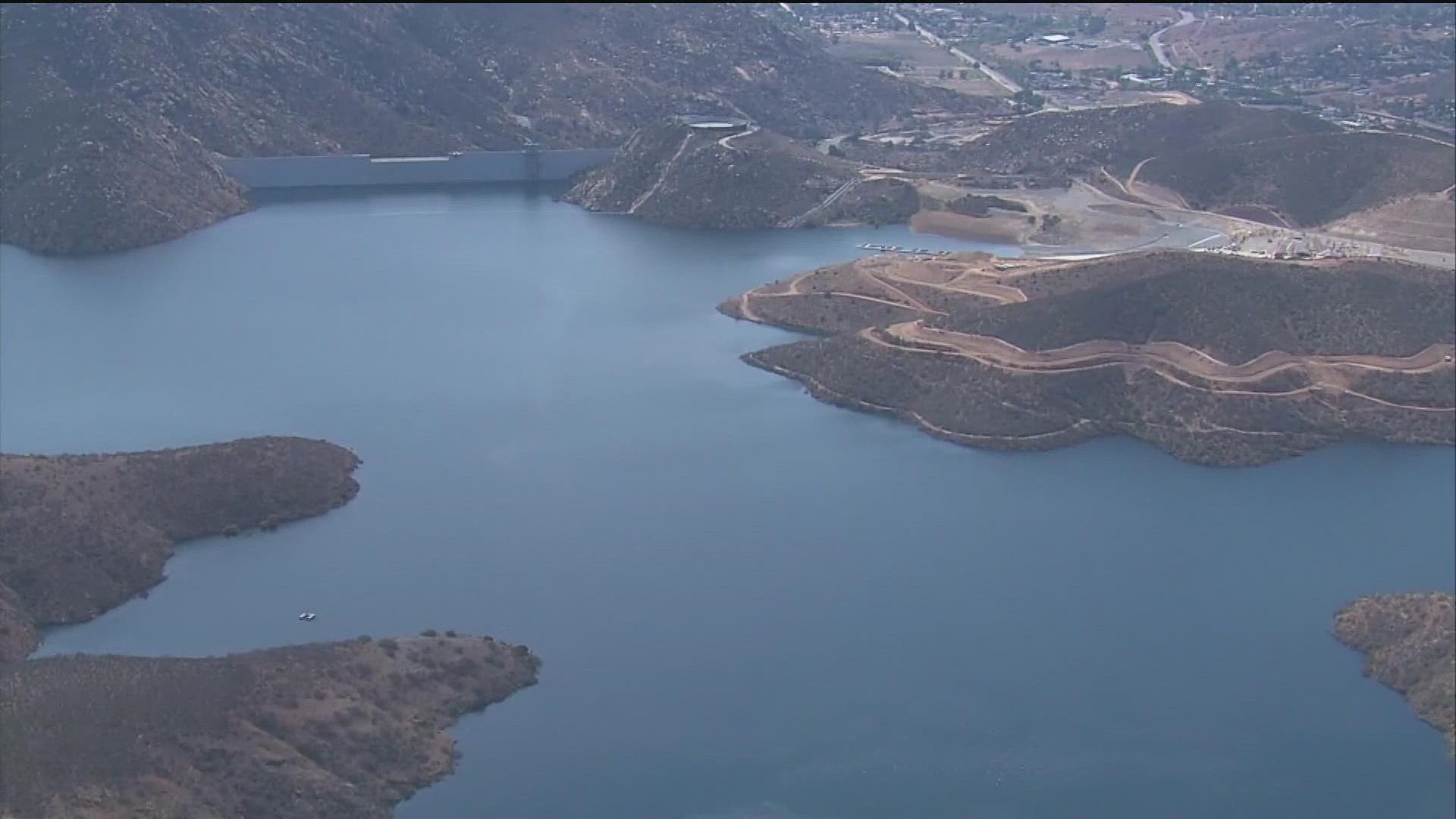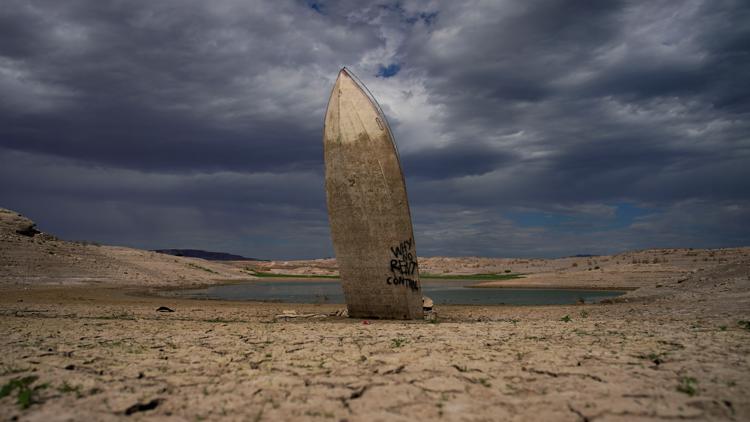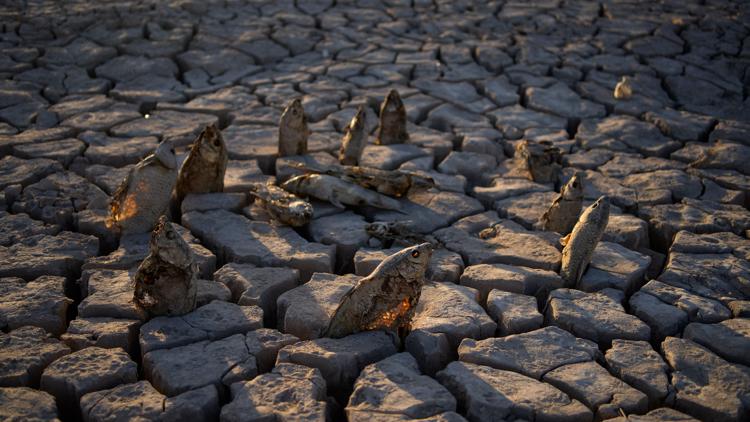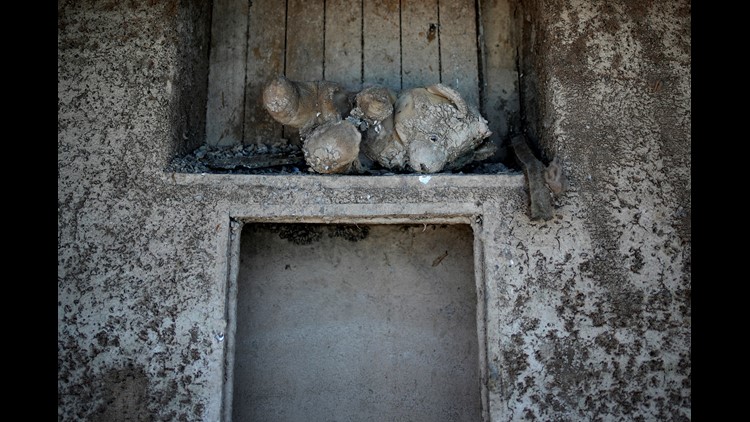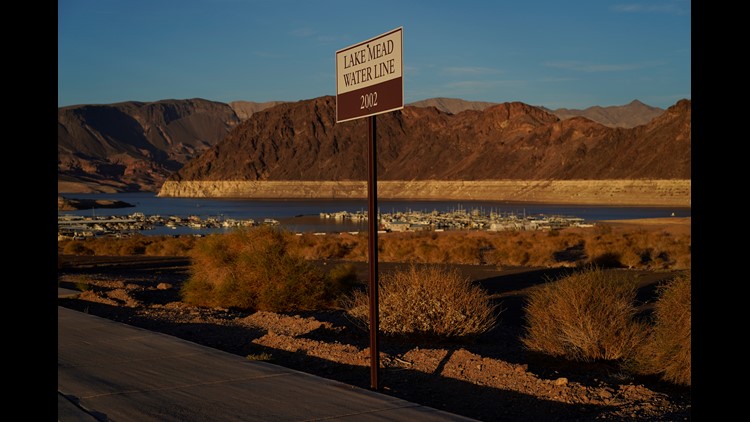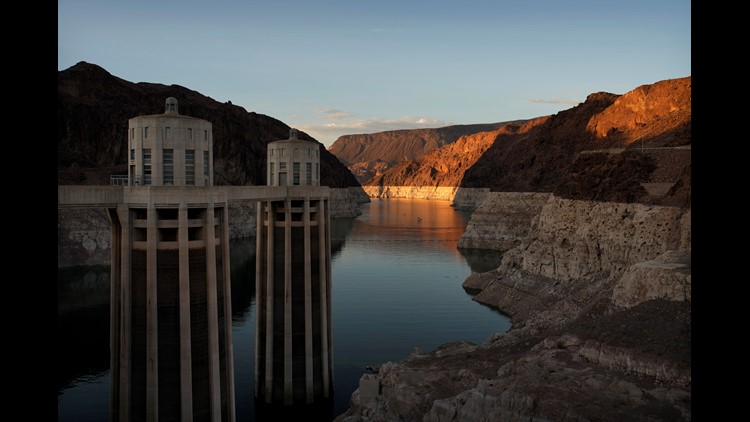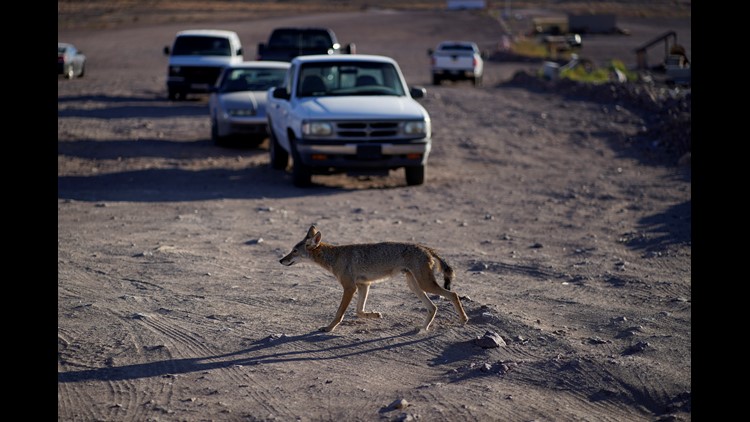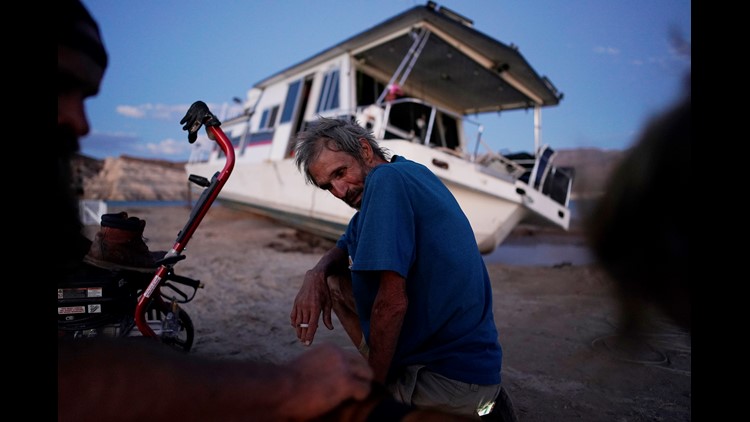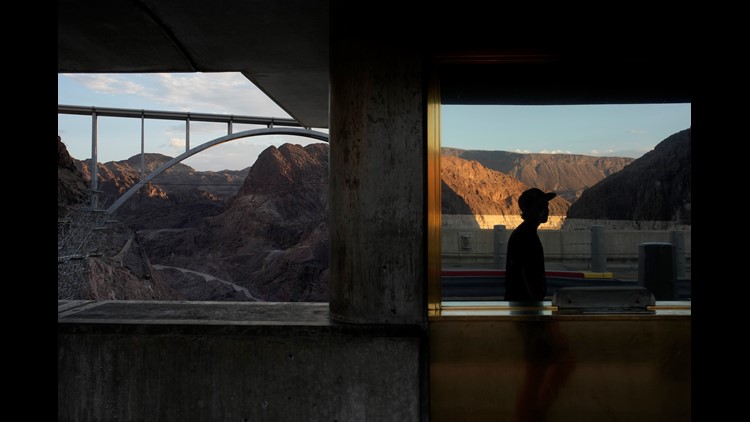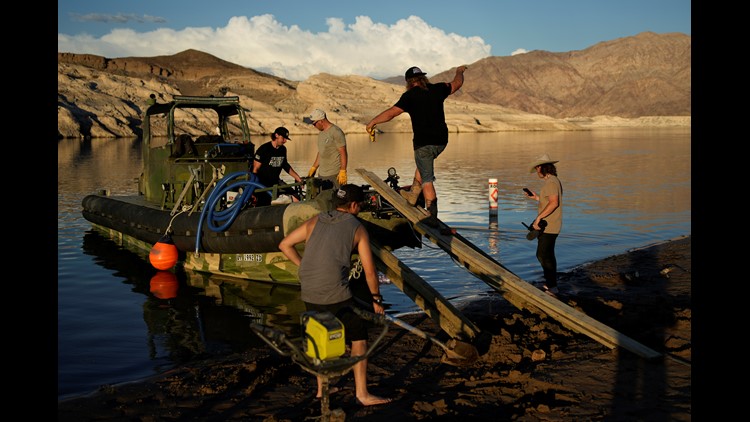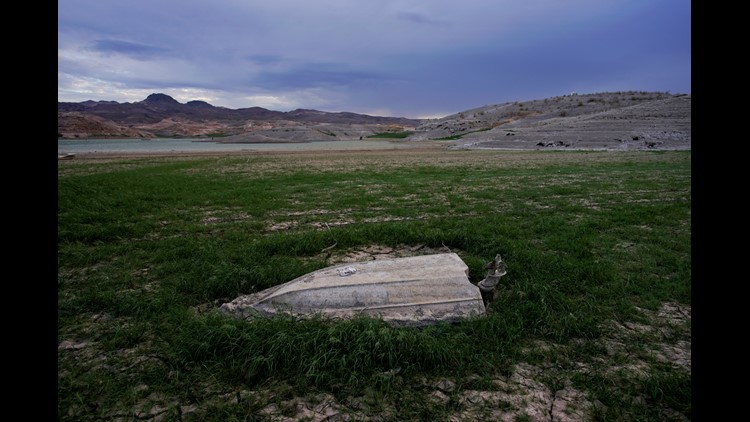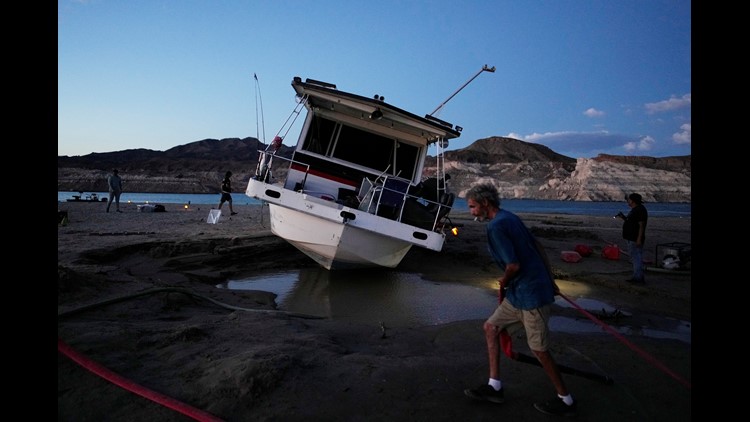SAN DIEGO COUNTY, Calif. — San Diego County is not currently facing water cuts as the historic drought reaches a new low and the nation's largest reservoir -- Lake Mead -- is at its lowest water level on record, according to the San Diego County Water Authority.
“The Water Authority has not been asked to make any voluntary reductions to Colorado River water supplied by IID under Reclamation’s call for additional basin-wide conservation. If cuts were deemed mandatory to IID through an official Secretarial declared shortage to Priority 3 water in California, the Water Authority would take a pro-rata reduction of its IID transfer supplies,” said Sandra L. Kerl, General Manager, San Diego County Water Authority.
The US Bureau of Reclamation warned at a U.S. Senate hearing in mid-June that seven western states had 60 days to voluntarily reach a deal to cut Colorado River water use. Federal officials announced Tuesday that Arizona, Nevada and Mexico will have to do more to reduce what they're taking from the Colorado River. California is not included in the latest action plan.
According to the Associated Press, the cuts planned for next year will force states to make critical decisions about where to reduce consumption and whether to prioritize growing cities or agricultural areas. Mexico will also face cuts. But the seven states that rely on the river could soon face even deeper cuts that the government has said are needed to prevent reservoirs from falling so low they cannot be pumped.
Earlier this month, more human remains were discovered at a shrinking Lake Mead. The lake's surface has dropped more than 170 feet since the reservoir was full in 1983. The drop in the lake level comes while a vast majority of peer-reviewed science says the world is warming, mainly because of rising levels of carbon dioxide and other greenhouse gases in the atmosphere. Scientists say the U.S. West, including the Colorado River basin, has become warmer and drier in the past 30 years.
PHOTOS | Extremely low levels at Lake Mead amid drought
Below is the full statement issued by the San Diego County Water Authority, in response to the U.S. Bureau of Reclamation’s 24-month projection for water levels in Lake Mead and Lake Powell.
“Today’s announcement by the Bureau of Reclamation is a reminder of just how important it is to increase water conservation across San Diego County and the rest of the arid West. An increasingly hot and dry climate is creating unprecedented challenges for water supplies that will impact life in the Southwest for the foreseeable future.
The San Diego County Water Authority continues to participate in discussions about the future of the Colorado River. We also continue to highlight the value of the conserved water transfer agreement between the Water Authority and the Imperial Irrigation District, the cornerstone of the landmark Quantification Settlement Agreement, or QSA, negotiated in 2003, as well as our investments in concrete lining sections of the All-American and Coachella Canals to conserve water previously lost to seepage. Through the QSA, the Water Authority funds critical conservation efforts in the Imperial Valley that provide the San Diego County region 277,700 acre-feet of highly reliable, cost-effective conserved water supplies each year. Further, the QSA enables California to live within its historic 4.4-million-acre-foot annual Colorado River apportionment while providing a roadmap for current efforts to balance the complex economic, agriculture, environmental, most notably the Salton Sea, and water-use needs in the Colorado River Basin.
The Water Authority has not been asked to make any voluntary reductions to Colorado River water supplied by IID under Reclamation’s call for additional basin-wide conservation. If cuts were deemed mandatory to IID through an official Secretarial declared shortage to Priority 3 water in California, the Water Authority would take a pro-rata reduction of its IID transfer supplies.
Investments by San Diego County residents in other water sources and storage facilities will continue to shield the region from the worst effects of the drought. At the same time, the potential for mandated water-use reductions should inspire every San Diegan to decrease their water use, for instance, by taking shorter showers, reducing irrigation of decorative grass, and upgrading to efficient appliances.”
The Water Authority partners with other agencies and organizations to offer a variety of WaterSmart tools, including classes and rebates, along with a water-use calculator and other resources.
WATCH RELATED: California officials encourage water conservation amid drought (May 29, 2022)

